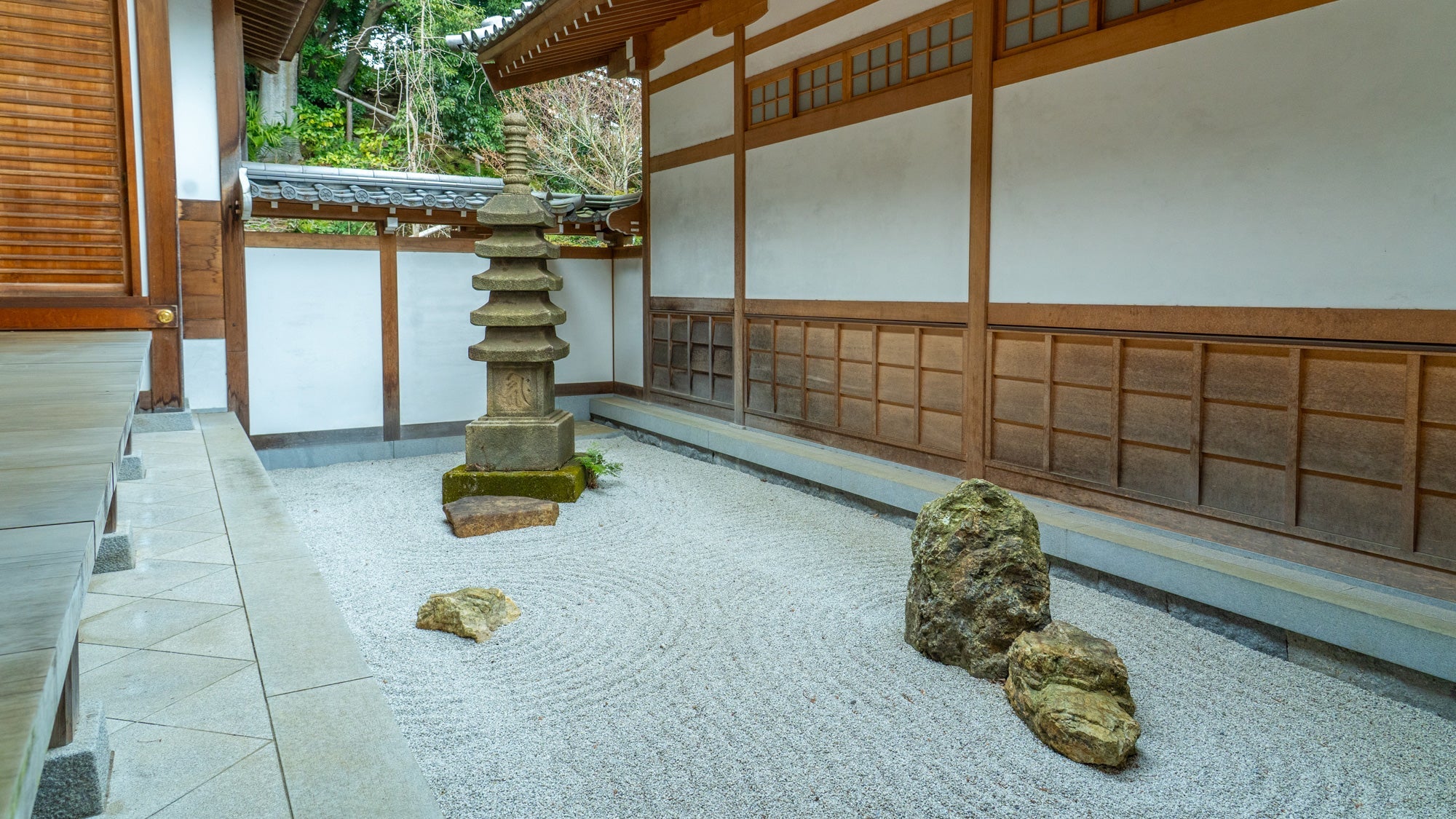
Unraveling "Zen Gardens": The Art of Japanese Serenity
De Ito Ryo
Japanese gardens, which mirror the country’s abundant natural landscapes of mountains, rivers, lakes, and forests, captivate observers with their serene beauty. While there are many types of Japanese gardens, one distinctive style is the "Zen garden"—created in accordance with the philosophies of Zen Buddhism.
You might recognize its celebrated examples: the karesansui (dry landscape garden or sekitei “rock garden”) at Ryoanji Temple and the moss garden at Saihoji Temple, affectionately dubbed the “Moss Temple.” In fact, many of these masterpieces were crafted by monks known as ishidate-so, who excelled in the art of landscape design.


The distinguished artist, Masuno Shunmyou, the 18th head priest of Kenkohji Temple, a Zen Buddhist temple in Yokohama, Kanagawa Prefecture. He is carrying on the time-honored tradition of the ishidate-so, and as one eminent "Zen garden" designer he has earned international renown through his work in various settings—including temples, shrines, museums, inns, government institutions, and private residences both in Japan and abroad.
What form does Masuno’s modern interpretation of the "Zen garden" take, and by what process is it realized? Moreover, how did he launch his career as a garden designer, and why do his creations receive such acclaim overseas? Driven by these questions, I visited Head Priest Masuno at Kenkohji Temple to explore his fascinating journey.

Table of contents
A Unique Garden Space Rooted in Zen Philosophy

The temple we visited, Kenkohji Zen Temple, is an ancient Zen sanctuary boasting over 460 years of history.
In response to the aging of its facilities, the temple undertook a reconstruction of its hondo (main hall), the central building of the temple grounds, over a period of approximately seven and a half years, concluding in the winter of 2021. In tandem with this effort, Head Priest Masuno created two distinct gardens along the east and west of hondo. Named Joukantei and Dokuzatei, respectively, these spaces are typically closed to the public; however, we were graciously granted a rare opportunity to explore them.
Our first stop was Dokuzatei, located on the west side of the hondo. At its heart lies a horizontally elongated, moss-covered island. Atop this natural canvas, three varieties of evergreen trees—mokkoku, asebi, and nanten—are arranged in sequence. Delicate, bell-like clusters of white blossoms grace the asebi, while a massive rock, nearly three meters tall, stands imposingly adjacent to the nanten.


Beyond the garden’s stone wall, a verdant hill blanketed in dense trees forms a picturesque backdrop, with branches artfully extending over the barrier into the garden. The soft chirping of birds further enhanced the tranquil ambiance, as if the very trees were joining our visit.
Head Priest Masuno elaborated on his approach to creating these garden spaces:
“I proudly call myself a garden designer, yet my role extends far beyond drafting sketches. I immerse myself in every stage—from developing detailed blueprints and carefully selecting trees and garden stones to overseeing various construction tasks—much like the traditional ishidate-so monks who once perfected this art.”
He continued:
“A true 'Zen garden' is more than a mere arrangement of nature; it is a recreation of the idealized environment that each monk envisioned for spiritual practice—a tangible expression of the ‘truth’ attained through disciplined training. In essence, the garden reflects the inner soul of its creator, which is why the art of 'Zen garden' design demands an whole in mind and body commitment.”
Discussing his meticulous placement of flora and garden stones, he explained:
“We discern the inherent, natural state of each element and position it accordingly. In Zen philosophy, the quality of being natural—unforced—is considered a fundamental truth. A 'Zen garden,' then, is the sublimated expression of that truth, rendered as a work of art.”
Masuno also emphasized the importance of creating “yohaku”—a space intentionally left empty of elements like plants or garden stones—which he sees as a vital aspect of "Zen garden" design. “In Japanese traditional arts, ‘ma’ plays a crucial role, deriving directly from Zen thought. In our practice, silence conveys the state of the mind rather than words, and this silent void is expressed visually as ‘yohaku.’"
In a "Zen garden," the yohaku—the space of emptiness (representing nothingness) and the tangible elements (plants and stones) mutually enhance one another. When empty spaces are thoughtfully integrated, they introduce a subtle tension that naturally captures the viewer’s attention. This is the essence of the Japanese aesthetic known as ‘the beauty of subtraction’—revealing the pure essence by stripping away the unnecessary.”

Joukantei, situated on the east side of the hondo, is equally defined by the aesthetics of subtraction and "ma." Adhering to the dry landscape tradition of rock gardens like Ryoanji’s, it portrays mountainous and riverine scenes using only stones and sand—without any water. Unlike Dokuzatei, Joukantei is entirely unplanted, save for three modest garden stones and a simple stone tower ornament. The expanse of grey gravel, contrasted with the building’s pristine white earthen walls and the open sky, creates an atmosphere imbued with brightness and lightness.

The interplay between Joukantei and Dokuzatei evoked the ancient Chinese philosophy of Yin and Yang for me. This worldview holds that all things can be classified as either Yin or Yang—opposing yet complementary forces that maintain a dynamic balance. While Dokuzatei (Yin) and Joukantei (Yang) appear to be polar opposites, they share an intrinsic unity as manifestations of "Zen garden" design, harmoniously balancing one another.
Tips for Appreciating a "Zen Garden"
While a "Zen garden," with its intricate details, might initially seem a bit enigmatic, Head Priest Masuno explains that there are no rigid rules for experiencing it.
“Although there are no strict guidelines, taking the time to quietly sit alone and observe the 'Zen garden' is key. Instead of overthinking, focus on simply feeling. In doing so, you’ll begin to notice nature’s wonders—the subtle beauty of the plants, the gentle melody of birdsong, and more.”

“As your mind gradually quiets, your awareness naturally turns inward, prompting reflections on the past and visions for the future. This intimate dialogue with your inner self can reveal insights that may transform your way of life and lead to a positive evolution. Ultimately, meeting your true self is at the very heart of Zen Buddhism.”
Of the two gardens our host revealed, “Dokuza” refers to “sitting alone,” while “Joukan” means “quietly gazing.” It wasn’t until several days after my visit that I realized the essential keywords for experiencing a "Zen garden" were thoughtfully embedded in their names, as taught by the Head Priest.
From Temple Heir to a Globally Beloved Garden Designer
At the conclusion of our interview, I was granted an exclusive viewing of the privately held garden known as “Shakuson Joudou no Niwa,” located at the far right of the hondo.
“Shakuson” is the honorific used for Shakyamuni Buddha, the founder of Buddhism, and “Joudou” signifies the attainment of enlightenment. True to its name, the garden draws inspiration from the rivers and bridges that the enlightened Buddha is believed to have traversed at the outset of his mission.

This masterpiece of garden design was created by the late Saito Katsuo —Head Priest Masuno’s esteemed mentor. It was under Saito’s guidance that a teenage Masuno first experienced the art of landscape design, making this garden something of a formative cornerstone in his lifelong passion.
“Shakuson Joudou no Niwa” spans a far larger area than Dokuzatei and Joukantei, giving it a denser, more immersive quality. In the foreground, a moss-laden expanse gradually ascends into a valley-like space where garden stones of various sizes are arranged boldly, evoking a winding stream. Trees from either side cascade over the valley, while an elegant wooden bridge adds a refined touch.
As we strolled through this evocative landscape, Head Priest Masuno recounted the spark that ignited his lifelong love for garden design.

“I was born into this temple in 1953 as the eldest son of the previous head priest. During a family trip to Kyoto when I was in the fifth grade, I visited several Zen temples. At that time, our temple did not even have a garden worthy of the name, so witnessing the sublime beauty of those landscapes was a profound revelation for me. What moved me most was the rock garden at Ryoanji Temple. I remember thinking, ‘Can a garden be this beautiful? One day, I want to create such a space for my own temple.’ From then on, I became utterly captivated by the art of garden design, so much so that, as a middle schooler, I would painstakingly reproduce photographs of Japanese gardens from my favorite magazines onto wax paper every day.”
He continued:
“When I reached high school, our temple decided to renew its garden, and Saito Katsuo, who later became my mentor, was entrusted with the project. It was in that construction site that ‘Shakuson Joudou no Niwa’ took shape. I vividly recall how the garden evolved with every instruction from Saito, each change unfolding gradually before my eyes. I jotted down his remarks, participated in digging and repositioning stones, and even helped in designing parts of the stone arrangements. In those days, I believed that a garden should captivate its onlookers. However, as I progressed in my spiritual training to become a fully ordained monk, my perspective shifted—I came to see a 'Zen garden' as a device for encountering one’s true self.”

Thereafter, Masuno pursued studies in garden design at university and, upon graduation, formally apprenticed under Saito. While assisting him, he absorbed traditional landscape techniques and mastered the art of drafting detailed plans. Simultaneously, through self-directed projects at his own temple, he began to receive commissions from those enchanted by his work. Fortuitously, his gardens were met with widespread acclaim, and with Saito’s encouragement, he established himself as an independent garden designer in 1982.
As his reputation grew in Japan, Head Priest Masuno’s work eventually transcended national borders. Starting with the renovation of the Nitobe Memorial Garden at the University of British Columbia in Vancouver, Canada, in 1993, he has since completed around 30 garden projects across North America, Europe, China, and Southeast Asia—as of March 2025.

Today, while the principles of Zen Buddhism resonate worldwide, one might wonder what it is about Masuno’s "Zen gardens" that captivates the international community.
“Clients often tell me that while they have amassed ample material wealth, they find themselves devoid of experiences that liberate both mind and body—moments that nurture spiritual abundance. For them, a 'Zen garden' offers a sanctuary amid a modern world overwhelmed by superfluous possessions and cacophonous information. It is a space where they can reconnect with their inner selves and achieve a sense of profound fulfillment. Moreover, many are attracted to the uniquely Japanese perspective on nature—a view that regards humanity as an integral part of the environment, aspiring to coexist harmoniously—which stands as a direct counterpoint to the environmental degradation of our times,” explains Head Priest Masuno.
This reflection brings to mind the Buddhist adage “Shoyoku Chisoku” (be content with little desire). It teaches that those who cherish the mere gift of existence—who believe that simply living is a blessing—are inherently rich in spirit, regardless of their material circumstances. Conversely, those who remain insatiable, always yearning for more, often remain perpetually unfulfilled, caught in the grip of an endless craving.
In many ways, the "Zen garden"—crafted with an unwavering respect for nature, the artful elimination of the superfluous, and the intentional use of negative space—offers a timeless lesson in embracing “Shoyoku Chisoku.”

The two gardens created by Head Priest Masuno that I had the pleasure of visiting were each remarkable in their own right, yet the one that captivated me most was the Dokuzai Garden.
I find it difficult to express exactly why the Dokuzai Garden resonates with me, aside from simply saying that I love it. In another interview, Head Priest Masuno himself remarked, “There is no need to scrutinize a garden’s design. Instead, one should enjoy a garden that feels genuinely appealing.”
A comprehensive collection of the "Zen gardens" he has crafted over the years is available on his website. If you’re intrigued by his work, I highly recommend paying a visit. Personally, next time I plan to return not in the capacity of a reporter but as an individual admirer, eager to discover what emotions and insights the garden might inspire in me.
Kenkohji Temple
1−2−1 Baba, Tsurumi-ku, Yokohama City, Kanagawa




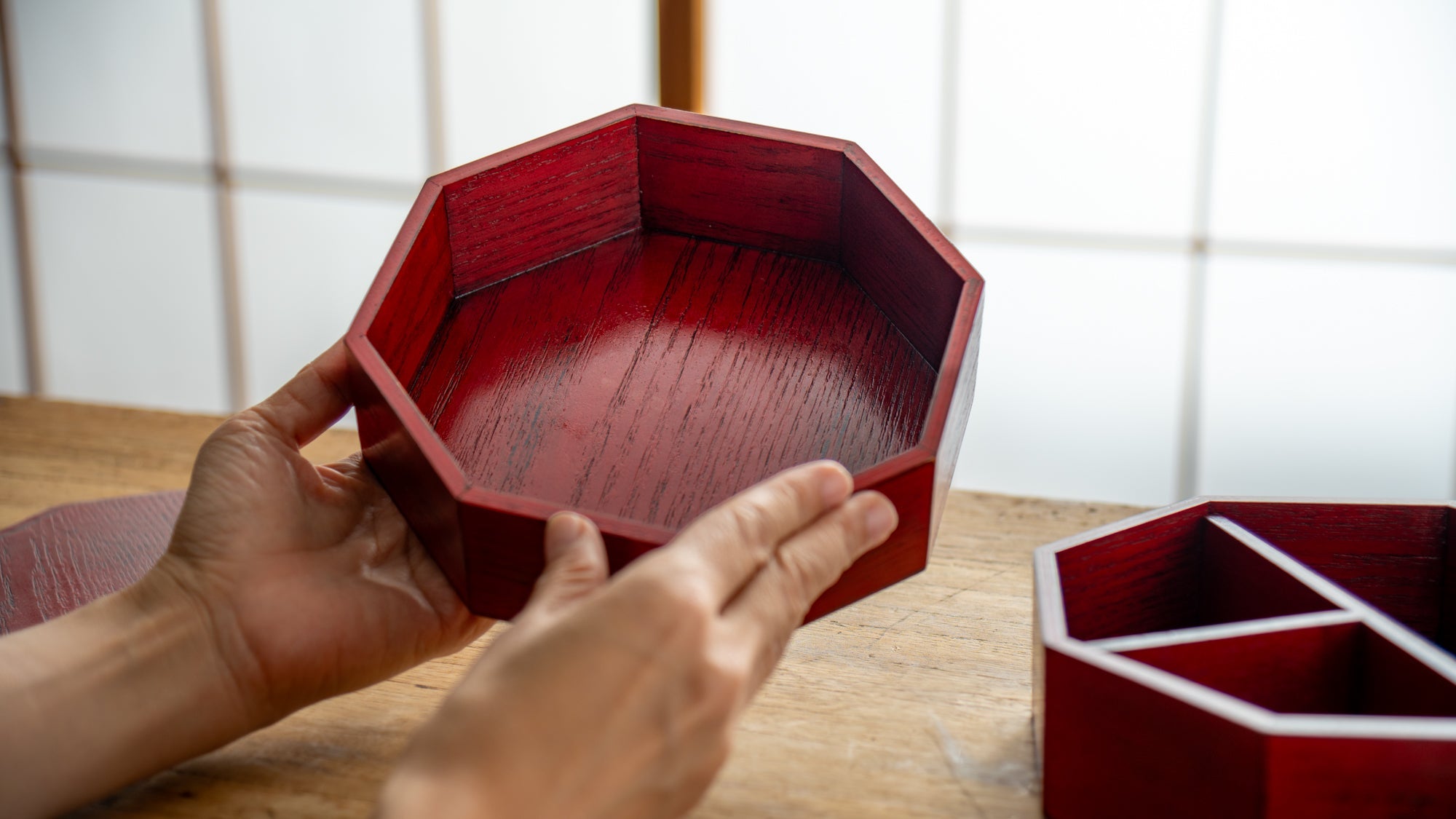
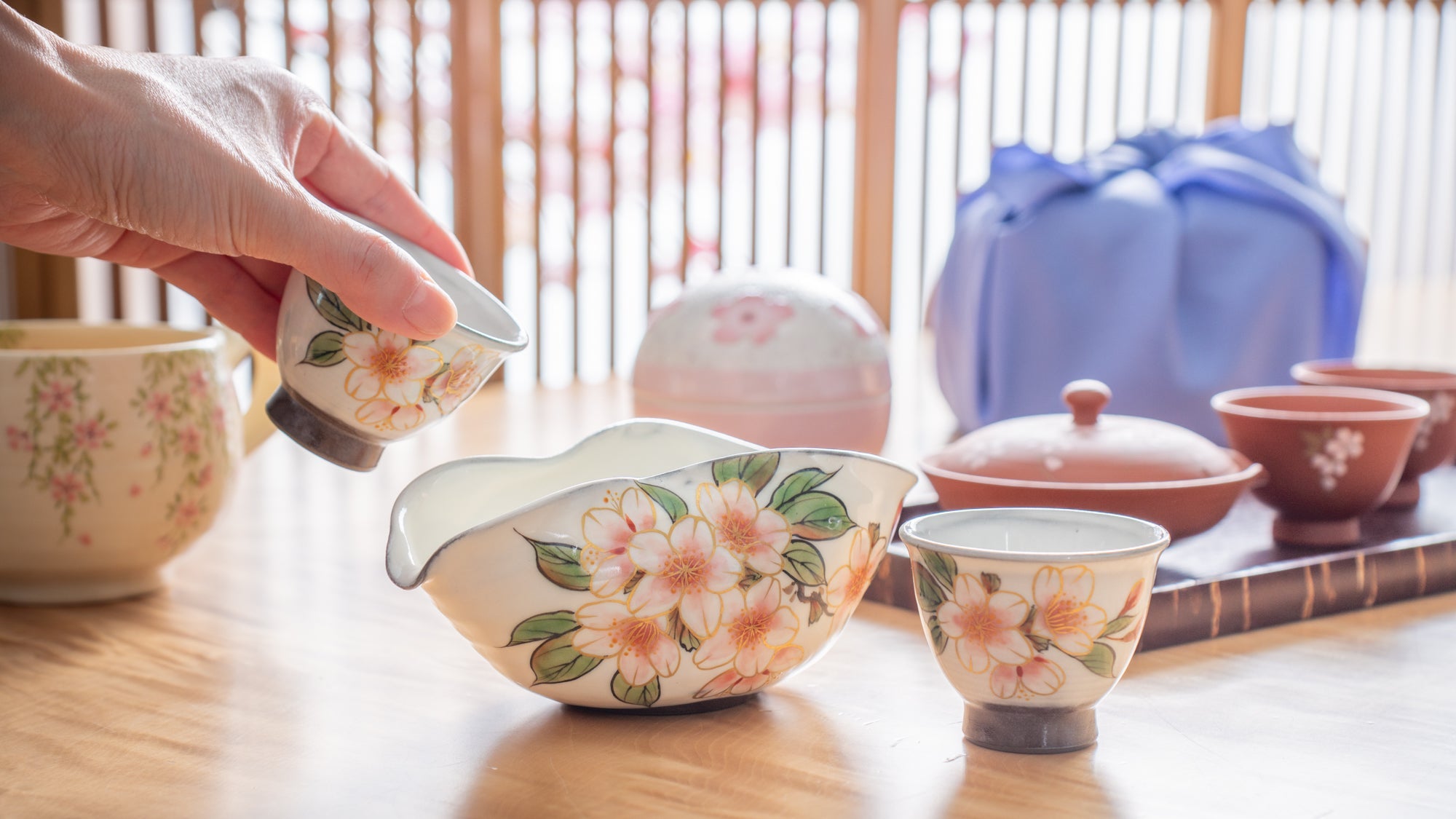
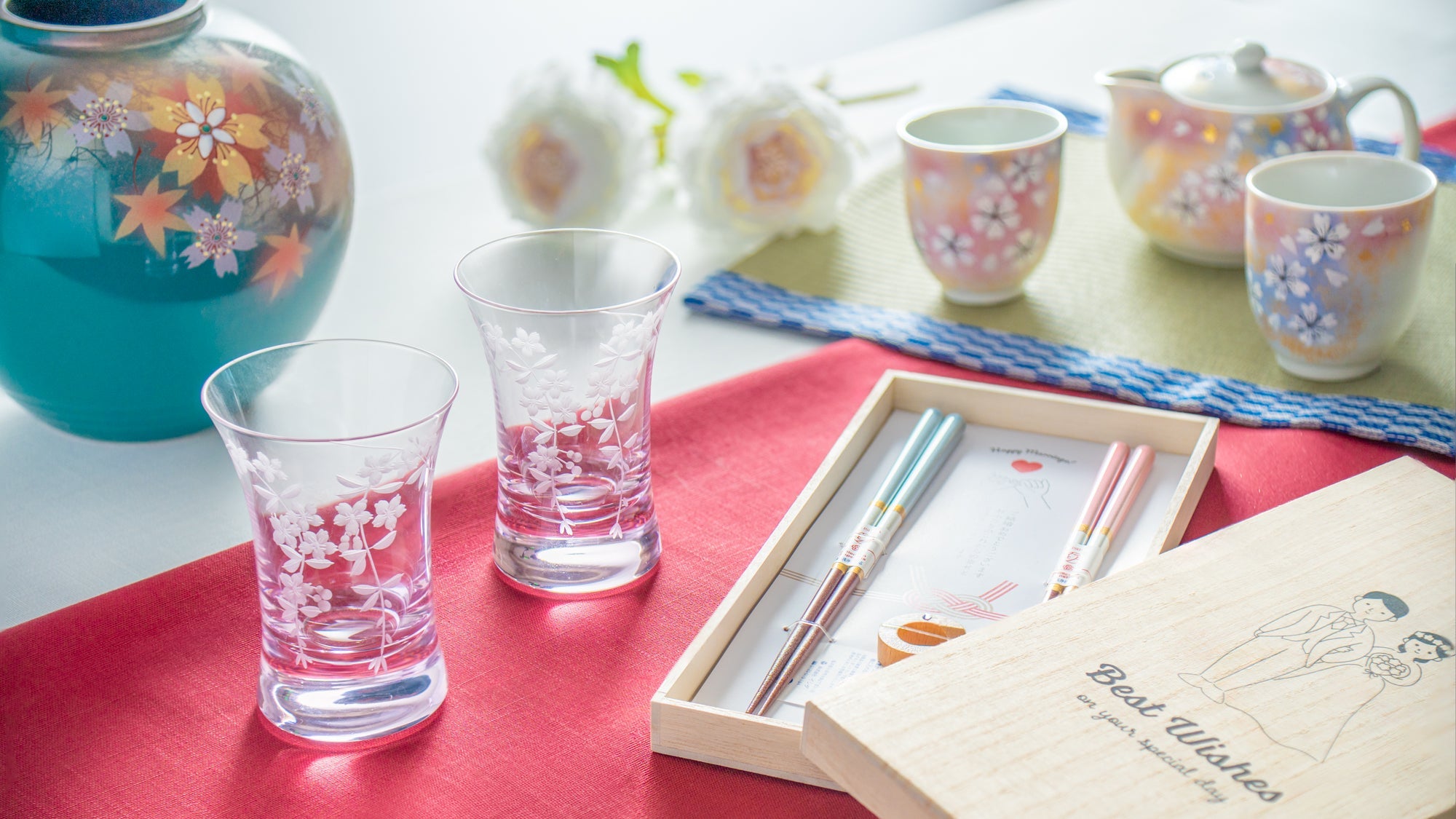

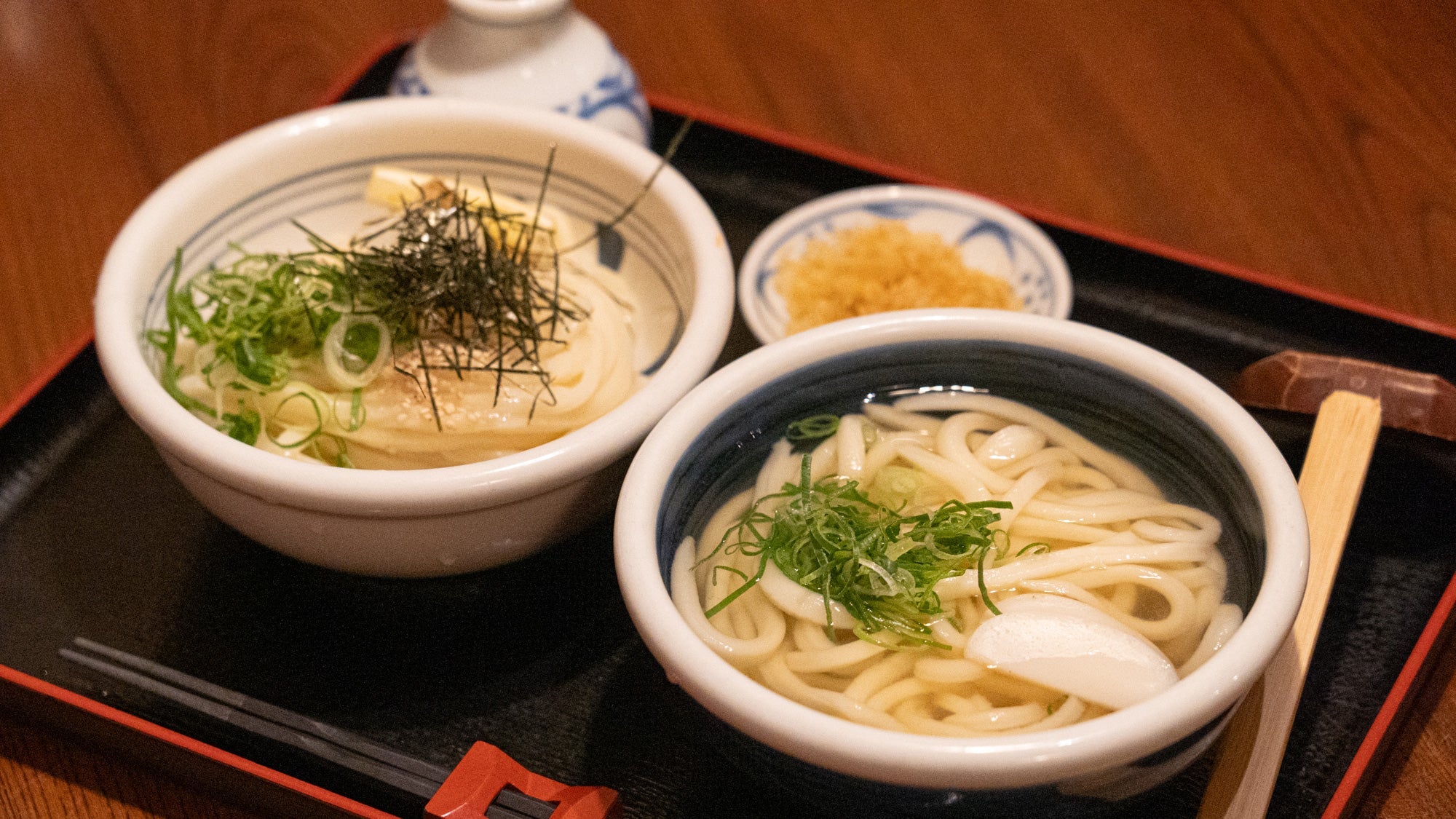
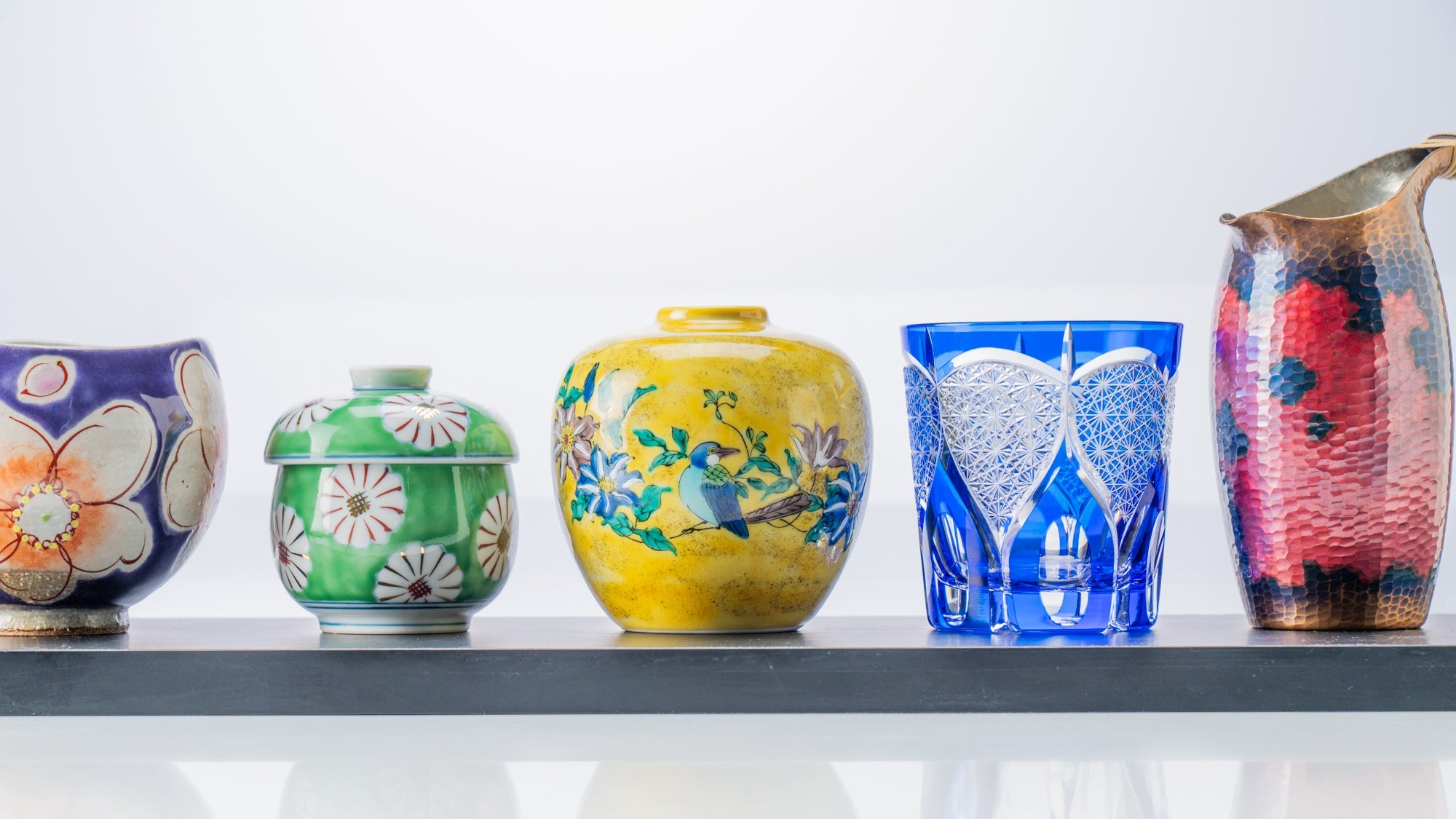


Dejar un comentario
Este sitio está protegido por hCaptcha y se aplican la Política de privacidad de hCaptcha y los Términos del servicio.